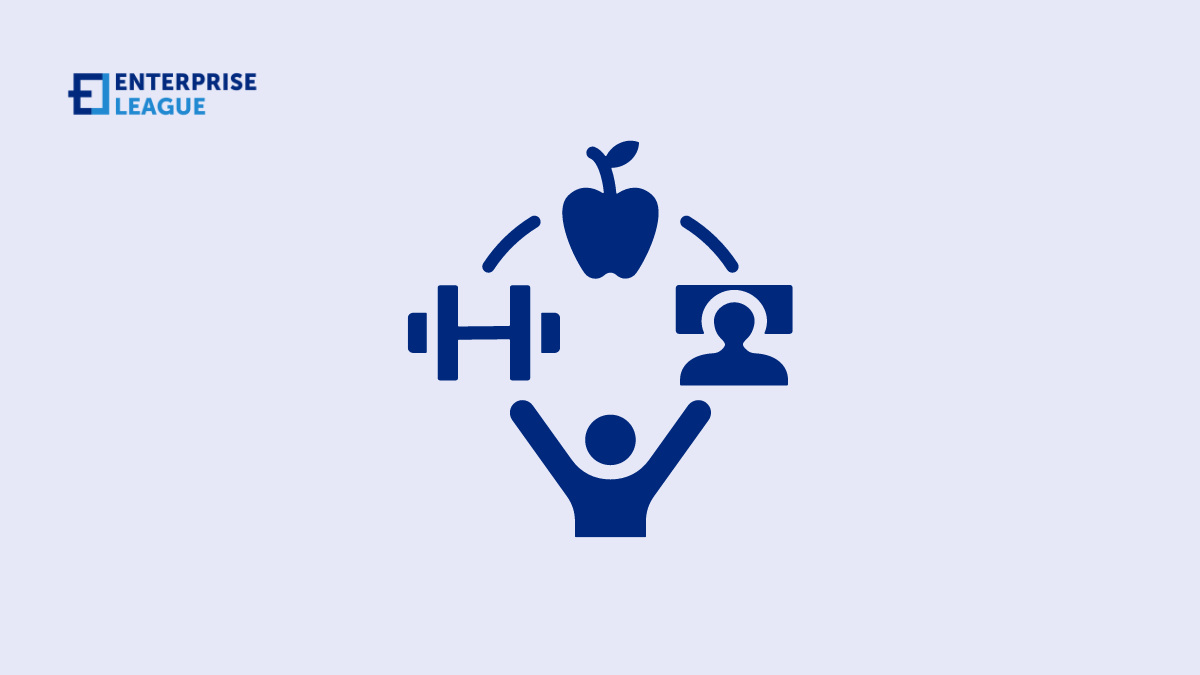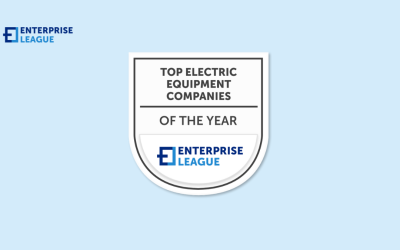5 essential time management skills for busy professionals seeking healthier eating habits
April 23, 2024

Time is a currency in short supply, especially for professionals whose schedules brim with meetings, deadlines, and growing to-do lists. When your calendar is jam-packed, it’s easy for healthy eating to fall by the wayside. Quick, less-than-healthy bites often replace well-rounded meals.
In time, one fast-food meal here and one restaurant splurge there adds up, and you’ll start feeling less energetic and low-motivated. Healthy food is not just a fad, it’s the fuel your brain and body use to function, so if you want to be more productive and sharper in your decision-making, what you eat plays a crucial role.
According to the American Journal of Preventive Medicine, “not having enough time” is the most common excuse people use to justify their bad eating habits. But did you know that the busiest CEOs in the world are extremely careful with what they eat?
So, if they have time to focus on nutrition, you may also find a few intervals in your day to dedicate to healthy meals. You just need a few planning and time management strategies to make it work. And maybe a few tricks…
Prioritize and plan your meals
The first step to eating healthier, even with a calendar that’s bursting at the seams, is to prioritize and plan your meals. It’s like setting up a meeting with your nutritionist. Proper meal planning ensures you make informed choices in advance, aligning your food intake with your health goals without the time crunch pressure.
Set aside 30 minutes each week – it could be Sunday night or first thing Monday morning – to chart out your meals. Think of it as a strategic play where every dish is an intentional decision rather than a random choice.
Begin by listing out breakfasts, lunches, dinners, and snacks for each day. Factor in any business lunches or dinners, so you’re not double-booking yourself. The secret is to actually write things down and make an appointment in your calendar. This will make it seem more urgent than simply thinking that it may be the time to eat.
When well-executed, meal planning can save precious minutes on daily decision-making and keep you on track toward more nutritious living despite a tight schedule.
Master the art of batch cooking
Thanks to batch cooking, tight schedules and healthy meals can now coexist. When you batch cook, you whip up large quantities of a meal at once and portion it out across the week. This way, your future self won’t have to decide between taking that crucial client call or figuring out what’s for lunch.
If there’s no other way, set aside a couple of hours on a Saturday or Sunday for your culinary assembly line. Also, consider mixing in some meal prepping to prepare your entire weekly menu in one go.
Choose healthy recipes that last well over time to avoid having to eat wilted veggies for your Wednesday lunch. Think hearty stews, robust salads (dressing on the side!), and baked proteins.
Storage is key here is having containers ready so you can divide your cooked meals into single servings right away. This way, healthy grab-and-go options are always at hand during your workweek madness.
Additional tip: meal variety keeps things interesting. Rotate recipes weekly to sidestep palate fatigue and preserve enthusiasm for your next home-cooked bite, even amidst back-to-back meetings.
Use meal delivery services
But meal delivery services allow you to have the ideal meals without having to go to the market or even cook. These services, whether they deliver meal kits or fully prepared meals, offer a buffet of benefits. They cut out the middleman (a.k.a., the grocery store), saving you shopping and prep time. They also come portion-controlled, which is a bonus for those keeping an eye on their food intake.
If you have special dietary requirements, it’s easy to find services that cater to various diets, such as low-calorie, high-protein, keto-friendly, or vegetarian (to name a few). You can also opt to have only Mediterranean food delivered right to your doorstep. We all know this cuisine is renowned for its rich flavors and heart-healthy attributes.
Use technology to your advantage
Due to the incredible technological development in the sports and nutrition niche, you now have at your fingertips the capability to summon a personal nutritionist, an assistant for meal planning, and a grocery shopping aide.
From macro trackers that monitor protein, fats, and carbohydrates to applications offering mouth-watering menu templates based on your dietary goals, there is a wide range of tools that can make your life easier.
And let’s not ignore reminders and planners. These can keep you accountable, nudging you when it’s time to hydrate or snack smartly between meetings. Set weekly alerts for meal prep times or grocery runs to ensure they don’t slip through the cracks of your bustling agenda.
The true power lies in leveraging these tools so they work best for you. Customize them according to your schedule and preferences; an alert for a mid-morning smoothie break could be just what you need to power through until lunch without caving into less nutritious temptations.
Smart snacking techniques
Snacking doesn’t have to be an impulsive grab for a bag of chips or a cookie. Instead, view snack time as a tactical opportunity to fuel your body and bridge meals with nutrient-rich choices that also cater to your cravings.
Choose options rich in protein, fiber, and healthy fats for energy throughout the day. These help stabilize blood sugar and keep you full until your next meal.
Here are some go-to’s that can easily be portioned into individual servings, ready for quick grabs from the fridge:
- Greek yogurt paired with fresh berries
- Apple slices with a smear of almond butter
- Hummus paired with crisp veggies
For non-perishables, assemble ‘snack packs’ filled with nuts, dried fruits (without added sugars), and whole-grain crackers or air-popped popcorn. Stash these in your desk drawer or laptop bag; they’re lifesavers when workflow extends past usual meal times or when commuting.
Smart snacking isn’t just about the food itself – it’s about crafting an environment that helps you make better choices spontaneously. By prioritizing prep work on healthier options, you set yourself up for success rather than succumbing to convenience store food that often ruins your good intentions.
Conclusion
Taking a step back once a week or month to look at your eating habits can really pay off for your health and time management.
Just like checking how you’re doing with work tasks helps you get better at them, doing the same with your meal plan improves your food choices. If something’s working great, keep it up. If not, change it next time. Quick check-ins like this help make sure that sticking to healthy eating doesn’t just become another chore in your busy schedule.
More must-read stories from Enterprise League:
- Golden rules about Google advertising for small businesses.
- The best apps for entrepreneurs that will help you achieve your goals.
- How to handle a situation where employees are not getting along.
- Learn how to deal with rude customers in a creative way.
- All the reasons why we should support local businesses and shop local.
Related Articles
14 unique business ideas with drones that guarantee a profit (2024)
If you are one of those that loves tech gadgets, we’ve made a list of 14 business ideas with drones that will inspire you to start a business in this field.
How mortgage workflow automation enhances loan officer efficiency
Embracing automation and its transformative impact allows loan officers to prioritize developing connections with borrowers and enhancing customer satisfaction.
26 best electrical equipment companies in 2024
Electrical equipment companies, in general, are companies working with products that produce, distribute, or use electrical energy.
14 unique business ideas with drones that guarantee a profit (2024)
If you are one of those that loves tech gadgets, we’ve made a list of 14 business ideas with drones that will inspire you to start a business in this field.
How mortgage workflow automation enhances loan officer efficiency
Embracing automation and its transformative impact allows loan officers to prioritize developing connections with borrowers and enhancing customer satisfaction.





